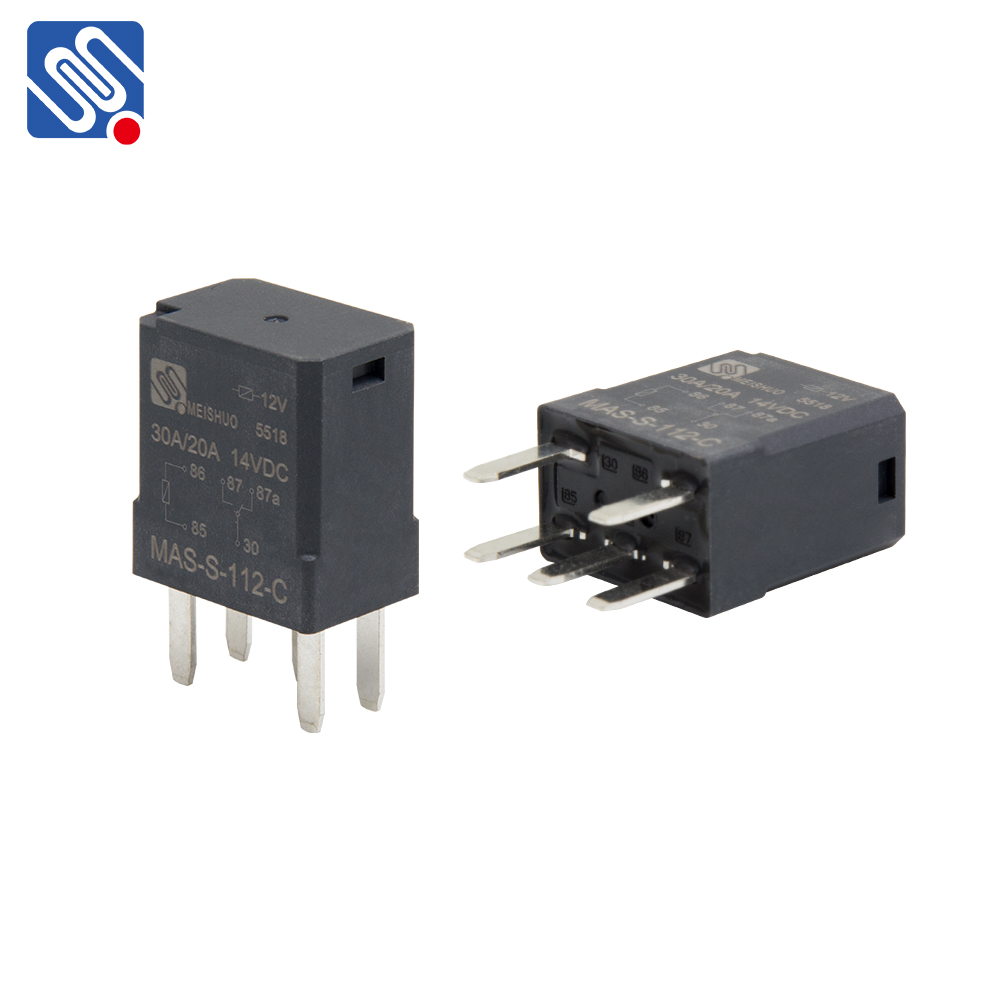Relay compatibility is a critical consideration in designing and maintaining electrical systems. As one of the fundamental components in industrial automation, power control, and communication systems, relays act as electromechanical switches that enable the control of higher voltage or current circuits with lower voltage or current signals. Whether it’s a small residential application or a complex industrial process, ensuring relay compatibility is essential for seamless operation, reliability, and system longevity.

What is a Relay? At its core, a relay is an electrically operated switch that allows one circuit to control another. It consists of an electromagnet, a set of contacts, and a spring-loaded armature that moves when the electromagnet is energized. The most common use of a relay is to control a large power circuit with a small control signal. For example, a low-power control system, such as a microcontroller or sensor, can trigger the relay to switch a high-power load, like a motor or light. Types of Relays and Their Role in Compatibility There are various types of relays based on the intended application. Some common types include: